-
Posts
4,687 -
Joined
-
Last visited
Content Type
Profiles
Forums
Events
Gallery
Posts posted by JeroenPeters
-
-
First steps. HGW parts in the pit. Throttle. Rudder pedals.
Here's a pic from Rise of Flight that shows what is what. I always like to know what I'm making

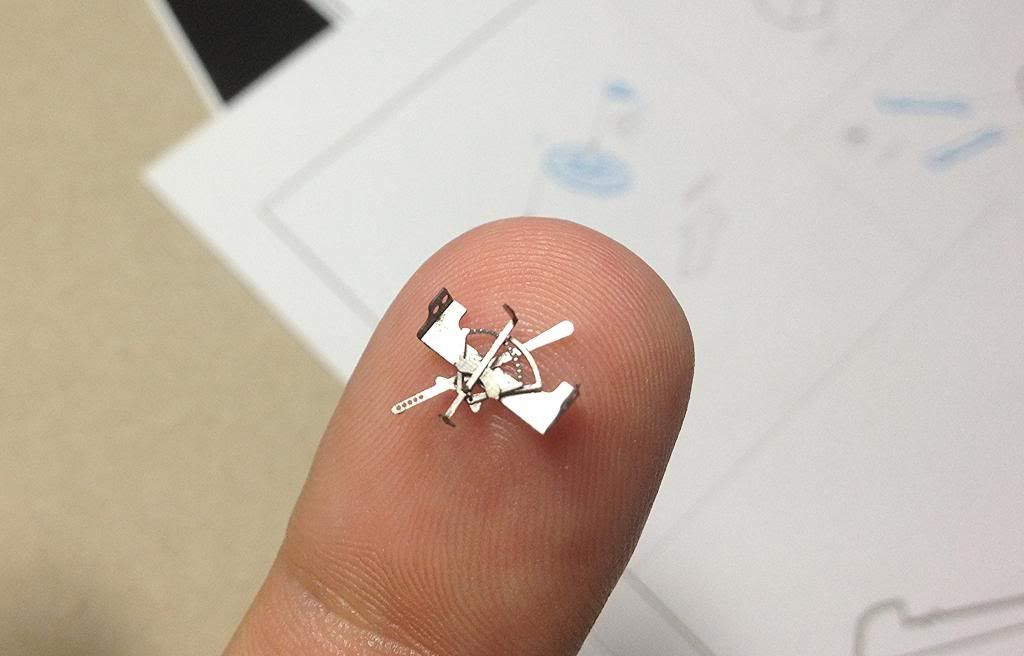
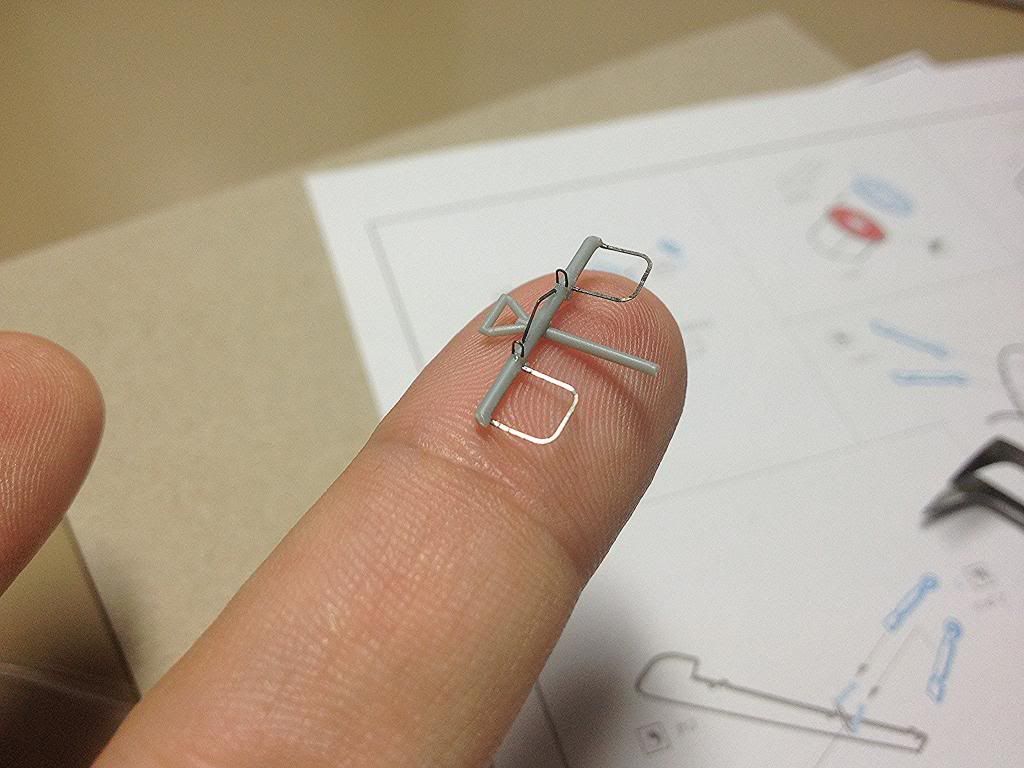

-
Excellent choice of subject and some interesting pictures. Do you have more of those pictures of the DVII in a photobucket album for example?
Hi there,
the best place to have a look is the walk around we posted. This plane is more original. The one above is in flying condition and has brake disks for example.
Have a look over here:
-
One of my favorite planes... Strong, diverse, rugged and diverse in versions and scheme's.
I bummed this kit of Jim (thnx buddy!) and Cees dropped off (as usual) some great reference books.
At first I wanted to do one in Dutch markings of the LVA. Number 266 (as can be seen in our militairy aviation museum - see walkaround posted by Erik) or number 265 (as can be seen at the hangar of 'Early Birds' in Lelystad). Both of these planes are in a two colour scheme. Green and blue.
BUT...
then Cees gave me something that changed everything and made me decide to do the scheme below. More later.
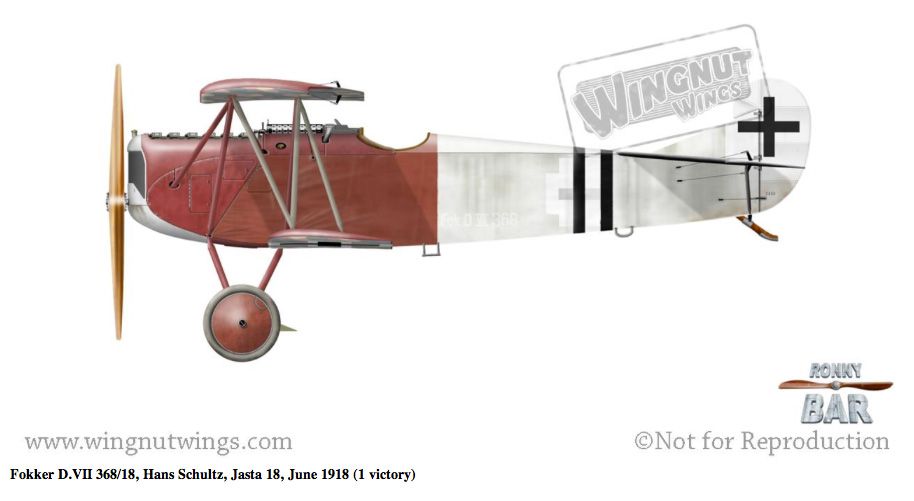
Yesterday I visited the 'Early Birds' hangar at Lelystad airport. It's a collection of mostly WW1 planes. Most of them are replica's but with many original parts. Their Fokker DVII features an original Mercedes DIIIa engine, prop, radiator, fuel tank, etc...
As soon as a hole and dent in the wing are fixed, it should be able to fly again.
They also have a Sopwith Pup, Fokker DR1, Camel and amazing Nieuport 28 on display.
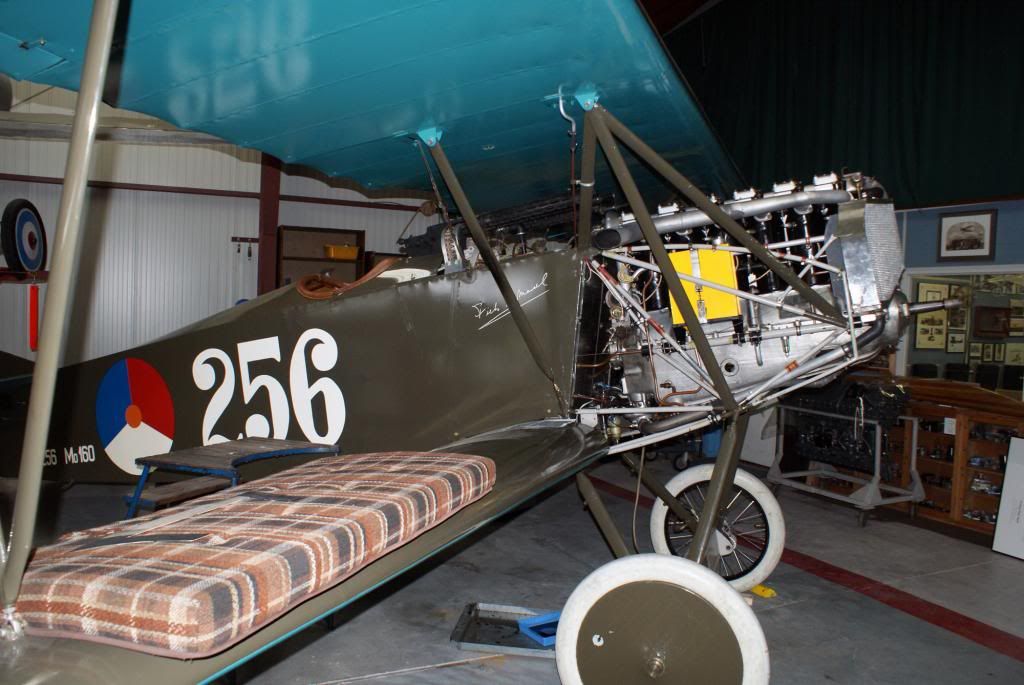
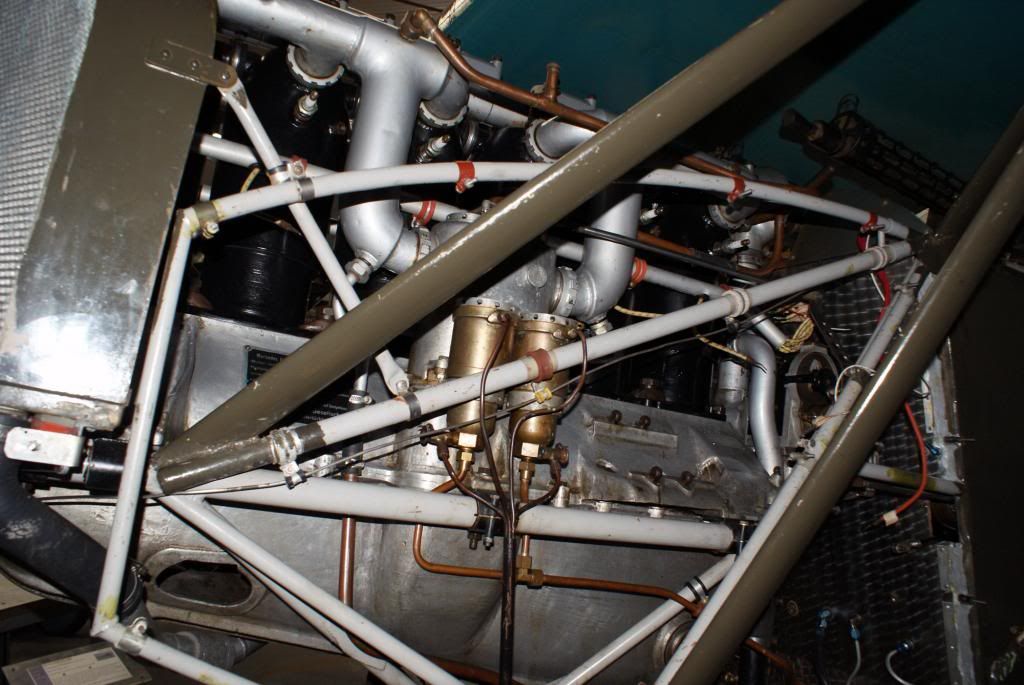
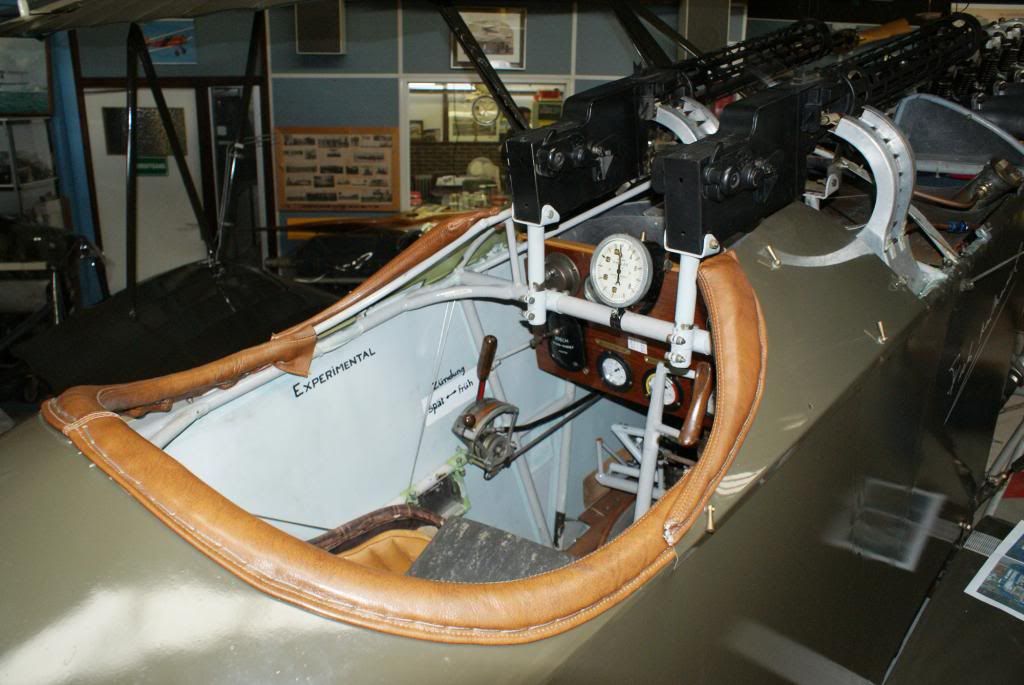
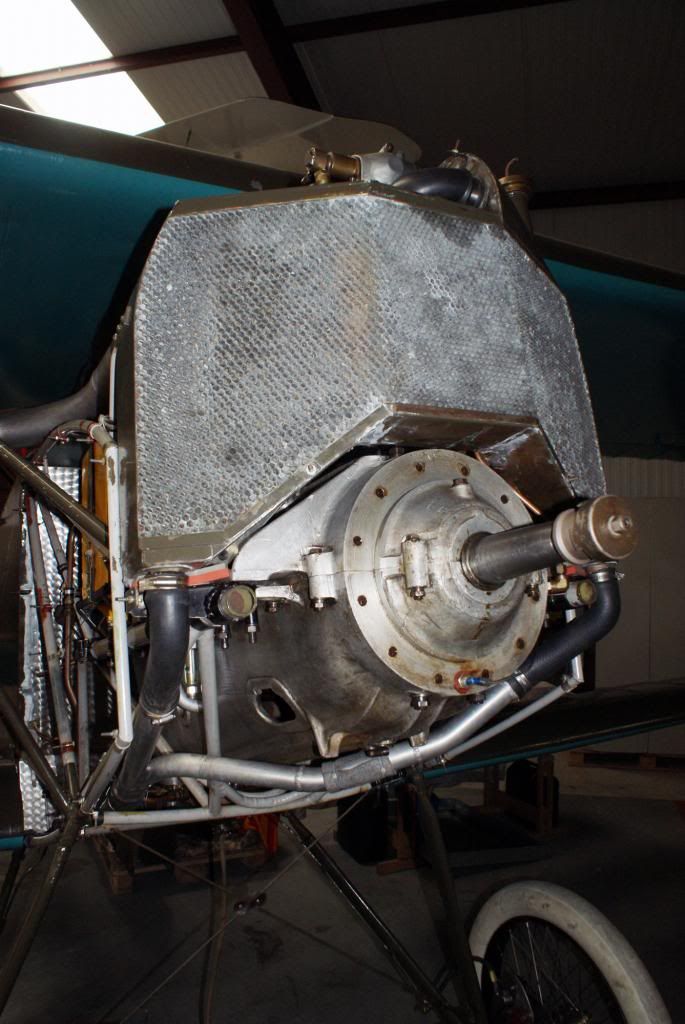
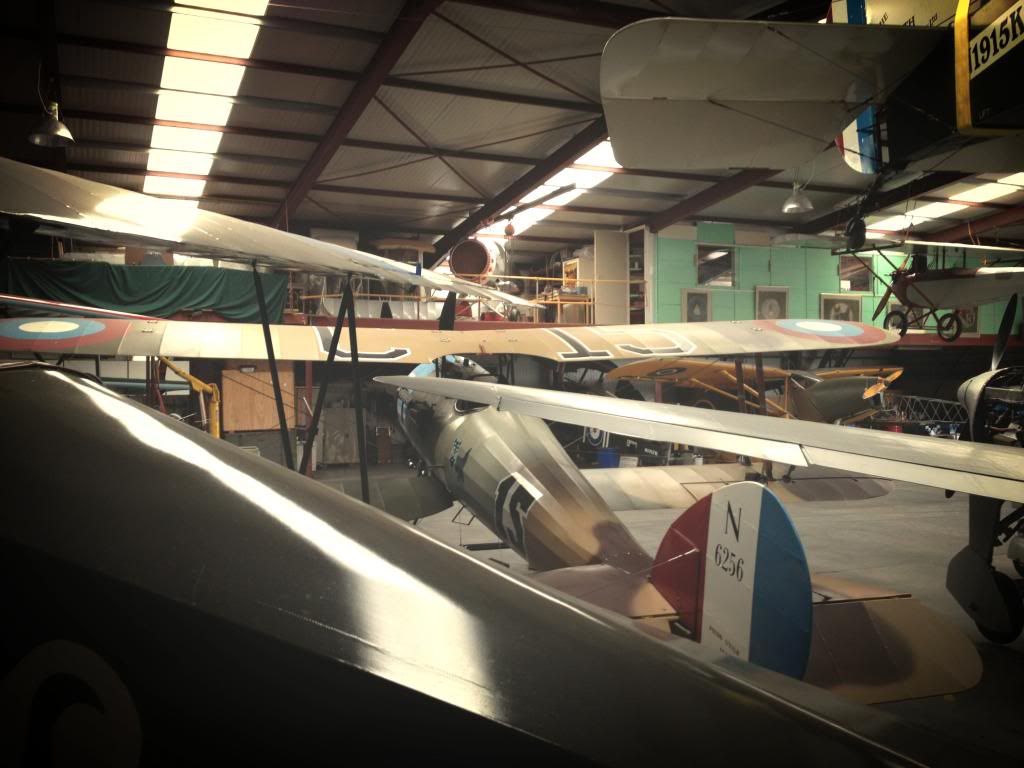
Cheers,
Jeroen
-
 1
1
-
-
Happy BirthDave!

-
Van harte!!
See you tonight!
Cheers,
Jeroen
-
1:32 Hawker Tempest MK.VShort Run Injected Plastic, Photo-etch and ResinManufacturer: Pacific Coast ModelsCatalogue # PCM32016Available directly from Pacific Coast Models (www.pacmodels.com)
 Finally, a Hawker Tempest in our scale!The wait has been long but now we have a 1/32 kit of the Hawker Tempest V. Since it hit the shops early july it has been subjected to a lot of webdiscussion. Talk about loose and damaged parts, wings and fuselage halves being warped, non-fitting radiator inserts and spinners etc. It seemed like this kit was rushed to get it in the shops as soon as possible. The Tempest was dead in the water before it even had a chance to be fully appreciated. This review is intended as an unbiased in box review of PCM’s latest offering.
Finally, a Hawker Tempest in our scale!The wait has been long but now we have a 1/32 kit of the Hawker Tempest V. Since it hit the shops early july it has been subjected to a lot of webdiscussion. Talk about loose and damaged parts, wings and fuselage halves being warped, non-fitting radiator inserts and spinners etc. It seemed like this kit was rushed to get it in the shops as soon as possible. The Tempest was dead in the water before it even had a chance to be fully appreciated. This review is intended as an unbiased in box review of PCM’s latest offering.
What’s in the box?The kit comes packed in a large box with artwork showing a Tempest overflying a steamtrain. The box is is big enough to contain three kits. Our sample was packed in a zip-lock plastic bag. The transparency sprue is separately packaged avoiding damage. The parts count is surprisingly low for such a large model. despite this the interior detail is quite comprehensive with various levers, fittings etc. Photo-etch is included care of Eduard. This consist of coloured instrument panels, consoles, trimwheels, chains, seatbelt and non-coloured oval radiator faces. Resin parts are provided for the rudder pedals, exhausts with hollowed out ends and wheelbays. The designers really do know their Tempests. ]Oversized boxThe oversized box allows the parts to shift. This could cause parts to come loose from their sprues.In our example the chair and radiator back plate came loose.
]Oversized boxThe oversized box allows the parts to shift. This could cause parts to come loose from their sprues.In our example the chair and radiator back plate came loose. The plasticThe plastic parts have been made by Sword and come in dark grey thickish plastic. Being limited run low pressure injected there is quite some flash but that is unavoidable with this kind of kit. Some hefty sprue gate towers show this. Most parts must be cleaned up to remove moulding seams or flash. The plastic is what we have come to expect from PCM and that is a good thing. Not too soft and not too brittle. It's easy to work with .This is no shake and bake kit though, and should be treated as such to avoid disappointment. If you want an easy kit then this is not for you.Panel linesThese look very good compared with the various drawings. They are a bit on the heavy side but a coat of paint (or light saniding of the surface) should make them less obvious. The elevator and aileron separation lines are a bit faint. They could have been deeper. Apart from some areas such as inspection hatches and the starboard inboard leading edge there are no rivets. Aside from this the oiltank was located in the port side leading edge and had a distinctive rivet pattern which is nicely rendered here.
The plasticThe plastic parts have been made by Sword and come in dark grey thickish plastic. Being limited run low pressure injected there is quite some flash but that is unavoidable with this kind of kit. Some hefty sprue gate towers show this. Most parts must be cleaned up to remove moulding seams or flash. The plastic is what we have come to expect from PCM and that is a good thing. Not too soft and not too brittle. It's easy to work with .This is no shake and bake kit though, and should be treated as such to avoid disappointment. If you want an easy kit then this is not for you.Panel linesThese look very good compared with the various drawings. They are a bit on the heavy side but a coat of paint (or light saniding of the surface) should make them less obvious. The elevator and aileron separation lines are a bit faint. They could have been deeper. Apart from some areas such as inspection hatches and the starboard inboard leading edge there are no rivets. Aside from this the oiltank was located in the port side leading edge and had a distinctive rivet pattern which is nicely rendered here.
 The cockpitIt is very well furnished with almost nothing left out. The basic framework is present with the various consoles, boxes, chains etc. The seat has the characteristic quilted backpad and adjusting levers. Controlcolumn and rudderpedals are rendered in plastic and resin and looks good.The attention to detail is impressive as even the undercarriage emergency kick-down pedals are included. Although not much can be seen through the small cockpit opening.
The cockpitIt is very well furnished with almost nothing left out. The basic framework is present with the various consoles, boxes, chains etc. The seat has the characteristic quilted backpad and adjusting levers. Controlcolumn and rudderpedals are rendered in plastic and resin and looks good.The attention to detail is impressive as even the undercarriage emergency kick-down pedals are included. Although not much can be seen through the small cockpit opening.
 Some points are noted below:GunsightThe Tempest did not use a gunsight with reflector glass. The graticule projected directly onto the windscreen. A primitive head up display. This has been correctly depicted in resin in the kit. See photo below. Also in this photo are the resin rudder pedals. Nicely detailed.
Some points are noted below:GunsightThe Tempest did not use a gunsight with reflector glass. The graticule projected directly onto the windscreen. A primitive head up display. This has been correctly depicted in resin in the kit. See photo below. Also in this photo are the resin rudder pedals. Nicely detailed. HeelboardsThere’s been some controversy recently about the heelboards sloping or not. They are in fact sloping down towards the nose. The pilot would push them down.
HeelboardsThere’s been some controversy recently about the heelboards sloping or not. They are in fact sloping down towards the nose. The pilot would push them down.
 FuselageThe Tempest is a large aircraft and it shows. The rudder is separate and can be positioned at an angle. The radiator intake consist of a large oval opening. Herein the radiator assembly needs to be fitted. This is detailed with photo-etch parts.But it's the standard radiator core, no cuckoo doors are provided. After D-Day various dust filters were tried in the field. The radiator shutter flap is fixed. This should be cut out and fitted with an actuator (not provided). There was no warping present on our sample. However a dry fit is recommended before glueing.
FuselageThe Tempest is a large aircraft and it shows. The rudder is separate and can be positioned at an angle. The radiator intake consist of a large oval opening. Herein the radiator assembly needs to be fitted. This is detailed with photo-etch parts.But it's the standard radiator core, no cuckoo doors are provided. After D-Day various dust filters were tried in the field. The radiator shutter flap is fixed. This should be cut out and fitted with an actuator (not provided). There was no warping present on our sample. However a dry fit is recommended before glueing.
 The wingsThese are large mouldings consisting of five parts. Two upperwing halves and three underwing parts. There was no warping present on our sample. There are no separate flaps or ailerons. The aileron hinge is not pronounced enough. This version has the earlier long barreld cannon shrouds making it a series II. The shell ejection openings are moulded as shallow indentations. For realism they should be filed out. In the two outer wings a lamp is fitted. The pitot tube is provided as a separate part.
The wingsThese are large mouldings consisting of five parts. Two upperwing halves and three underwing parts. There was no warping present on our sample. There are no separate flaps or ailerons. The aileron hinge is not pronounced enough. This version has the earlier long barreld cannon shrouds making it a series II. The shell ejection openings are moulded as shallow indentations. For realism they should be filed out. In the two outer wings a lamp is fitted. The pitot tube is provided as a separate part.

 ExhaustsNo need for after market or hollowing out plastic yourself (which can be exhausting
ExhaustsNo need for after market or hollowing out plastic yourself (which can be exhausting . The resin exhausts are nice. Thin edges. Sharp detail. Weld beads lines.
. The resin exhausts are nice. Thin edges. Sharp detail. Weld beads lines.

 Spinners and propellerTwo spinners are available in the kit but one propeller The shorter version was used on earlier airframes and the longer version on later airframes. But it is possible that these were retrofitted to earlier airframes as well. The Tempest V used De Havilland Hydromatic or Rotol variable pitch constant speed four bladed propellers. The kit has four separate blades and a hub. This is the De Havilland version. They look a bit think with flash. When choosing your aircraft check which spinner is needed.
Spinners and propellerTwo spinners are available in the kit but one propeller The shorter version was used on earlier airframes and the longer version on later airframes. But it is possible that these were retrofitted to earlier airframes as well. The Tempest V used De Havilland Hydromatic or Rotol variable pitch constant speed four bladed propellers. The kit has four separate blades and a hub. This is the De Havilland version. They look a bit think with flash. When choosing your aircraft check which spinner is needed.
CanopyThe windscreen and canopy shape are well rendered with good clarity. One thing missing is the flared rear that blends it into the fuselage lines. The surface detail is sharp which makes it easy to mask.
 The TailThe tailplanes are in two pieces but no separate elevators. According to photographs the elevators did not droop. The elevator hinge is not pronounced enough. A point of note:Navigationlights rear stabilizerThere’s something missing in the instructions. The tail navigation lights are located in the wingroot fairings. The kit has the cutouts in this area. The transparency sprue has two spurious items numbered CP2 which seem to fit here. The instructions however do not mention these in stage 26.
The TailThe tailplanes are in two pieces but no separate elevators. According to photographs the elevators did not droop. The elevator hinge is not pronounced enough. A point of note:Navigationlights rear stabilizerThere’s something missing in the instructions. The tail navigation lights are located in the wingroot fairings. The kit has the cutouts in this area. The transparency sprue has two spurious items numbered CP2 which seem to fit here. The instructions however do not mention these in stage 26.

 DroptankOne cool feature that at first had me scratching my head are the droptank fairings. You will find them on the transparent sprue. Cees however found this logical since many of these were made of transparant accetate. On the inside reinforcement strips were visible. You'll find these on the small decal sheet. See photo above of transparent sprue. See photo below of small decal sheet with reinforcement strips. With the fairing being transparent you may want to add some fuel lines. See diagram below.
DroptankOne cool feature that at first had me scratching my head are the droptank fairings. You will find them on the transparent sprue. Cees however found this logical since many of these were made of transparant accetate. On the inside reinforcement strips were visible. You'll find these on the small decal sheet. See photo above of transparent sprue. See photo below of small decal sheet with reinforcement strips. With the fairing being transparent you may want to add some fuel lines. See diagram below.
 Gear(bay)The geardoors are depicted quite nicely and have (almost) all the details you may expect in this scale. Rivets, reinforcements, strips, etc..For the accuracy nuts: Some additional rivets could be added and the structural holes on the bottom of the door don't match up.The maintenance hatch shown open in the photo below is depicted on the outside of the door, but not on the inside. However: not much surface detail would show.All in all, it's an accurate door.
Gear(bay)The geardoors are depicted quite nicely and have (almost) all the details you may expect in this scale. Rivets, reinforcements, strips, etc..For the accuracy nuts: Some additional rivets could be added and the structural holes on the bottom of the door don't match up.The maintenance hatch shown open in the photo below is depicted on the outside of the door, but not on the inside. However: not much surface detail would show.All in all, it's an accurate door. The wheelbays are provided as one large resin casting with good detail. Care is needed fitting these into the wing. Check twice before glueing. Some kits had badly warped wheelbays but ours was flat as it should be. When warped they can be straightened in hot water, Resin has a memory.The undercarriage legs are provided in one piece. They look basic but acceptable and should look good with the finely detailed undercarriage doors.
The wheelbays are provided as one large resin casting with good detail. Care is needed fitting these into the wing. Check twice before glueing. Some kits had badly warped wheelbays but ours was flat as it should be. When warped they can be straightened in hot water, Resin has a memory.The undercarriage legs are provided in one piece. They look basic but acceptable and should look good with the finely detailed undercarriage doors.

 WheelsThe wheels have the correct four cavity wheel hubs and are of the smooth version. Later Tempest had block thread tyres. The wheels themselves look to be a bit undersized and too fat in cross-section. According to photographs the side walls should be flatter with a thinner cross-section.I have no detailed drawing of the wheels themselves, but then Barracuda Details hit the market with new resin replacement wheels. When seeing these wheels next to the PCM wheels, you can clearly see a difference. All I could do was comparing the Hyperscale photo's to an actual Tempest wheel photo and it looks like Barracuda Details is more accurate. A pity these Barracuda Details wheels did not make it into the kit, but if this is the only after market you need to get, you're still not spending big bucks.
WheelsThe wheels have the correct four cavity wheel hubs and are of the smooth version. Later Tempest had block thread tyres. The wheels themselves look to be a bit undersized and too fat in cross-section. According to photographs the side walls should be flatter with a thinner cross-section.I have no detailed drawing of the wheels themselves, but then Barracuda Details hit the market with new resin replacement wheels. When seeing these wheels next to the PCM wheels, you can clearly see a difference. All I could do was comparing the Hyperscale photo's to an actual Tempest wheel photo and it looks like Barracuda Details is more accurate. A pity these Barracuda Details wheels did not make it into the kit, but if this is the only after market you need to get, you're still not spending big bucks.
 TailwheelThe Tempest uses a characteristic anti-shimmy tailwheel. The groove inside prevented the tailwheel from oscillating causing structural failure. The kit correctly depicts this. The rim is closely fitted against the tyre.
TailwheelThe Tempest uses a characteristic anti-shimmy tailwheel. The groove inside prevented the tailwheel from oscillating causing structural failure. The kit correctly depicts this. The rim is closely fitted against the tyre.
Sprue shotsOur sample had little flash and practically no sink marks. Not even on the props where you'll often find them. The gear legs are pretty complex for a WW2 fighter and need to be carefully cleaned up with a sharp blade.





 DecalsOne big decals carrier is supplied as well as a colour printed booklet showing the different schemes. The sheet covers 5 individual aircraft. The semigloss decals are perfect in register and printed by Cartograf. Easiest way to check the register is to look at the outer border of a roundel. Colours are on the mark too and from experience I know the PCM decals respond well to Micro Set and Micro Sol.
DecalsOne big decals carrier is supplied as well as a colour printed booklet showing the different schemes. The sheet covers 5 individual aircraft. The semigloss decals are perfect in register and printed by Cartograf. Easiest way to check the register is to look at the outer border of a roundel. Colours are on the mark too and from experience I know the PCM decals respond well to Micro Set and Micro Sol.



 Photo etch
Photo etch


 'Missing' partsWhat we did not find in the kit is the retractable step situated in the lower part of the fuselage. Easy to scratch though. Here's a detail pic to help out.
'Missing' partsWhat we did not find in the kit is the retractable step situated in the lower part of the fuselage. Easy to scratch though. Here's a detail pic to help out.
 On late production airframes the starboard fuselage just behind the cockpit there should be a static pressure plate. This was unpainted aluminium or steel. It is not certain to us if all airframes had this.(See photo below - source: www.iwm.org.uk) So check your references.
On late production airframes the starboard fuselage just behind the cockpit there should be a static pressure plate. This was unpainted aluminium or steel. It is not certain to us if all airframes had this.(See photo below - source: www.iwm.org.uk) So check your references. Overall shapeThe airframe in the box looks good and certainly captures the brutish look op the Tempest very well. Panel lines match the drawings from the reference books we used (see below).We however did not scale these to 1/32 to see how the matched up as this is an inbox review. We did however check the total length and width.The Tempest had a 41 foot span (1249,68 cm). Scale this down to 1/32th scale and that gives you 39 cm. This matches the kit!ConstructionThis being a limited run kit, presents the usuall 'pitfalls' and attention areas.First of all: limited run kits often do not feature locating pins. This means a bit more dry fitting and extra attention when glueing.One tip when fitting the wings: I find it easier to first glue the top wing to the fuselage, before glueing the bottom wing to the top wings. This almost always eliminates gaps in the wingroots. Thickness in plastic may vary between models. Therefor it may well be possible that your wheelwell needs sanding to be able to fit between the lower wings and upper wings, while someone else on some forum has no problem at all fitting it all in. Which brings me to the radiator. In our sample the radiator fits snug between the fuselage halves. If yours doesn't you may need to trim / sand 1/32 inch around the edges. And last but certainly not least: the short chord spinner is not right. If you are choosing a scheme which uses that (most do), contact Pacific Coast Models. Sword (who supplies the plastic parts) have corrected the spinner and bulk head.Further: make sure your example does not have any warpage. If so: contact Pacific Coast Models.Reference used in this review
Overall shapeThe airframe in the box looks good and certainly captures the brutish look op the Tempest very well. Panel lines match the drawings from the reference books we used (see below).We however did not scale these to 1/32 to see how the matched up as this is an inbox review. We did however check the total length and width.The Tempest had a 41 foot span (1249,68 cm). Scale this down to 1/32th scale and that gives you 39 cm. This matches the kit!ConstructionThis being a limited run kit, presents the usuall 'pitfalls' and attention areas.First of all: limited run kits often do not feature locating pins. This means a bit more dry fitting and extra attention when glueing.One tip when fitting the wings: I find it easier to first glue the top wing to the fuselage, before glueing the bottom wing to the top wings. This almost always eliminates gaps in the wingroots. Thickness in plastic may vary between models. Therefor it may well be possible that your wheelwell needs sanding to be able to fit between the lower wings and upper wings, while someone else on some forum has no problem at all fitting it all in. Which brings me to the radiator. In our sample the radiator fits snug between the fuselage halves. If yours doesn't you may need to trim / sand 1/32 inch around the edges. And last but certainly not least: the short chord spinner is not right. If you are choosing a scheme which uses that (most do), contact Pacific Coast Models. Sword (who supplies the plastic parts) have corrected the spinner and bulk head.Further: make sure your example does not have any warpage. If so: contact Pacific Coast Models.Reference used in this review- The Hawker Page by Christer Landberg (thanks Christer for you assistance)
- Hawker Tempest Mks I, V, II, VI, TT Mks 5,6 4+ Publications
- The Hawker Tempest by Richard Franks Airframe & Miniature No.4
VerdictThe Tempest is a beast of a plane, which becomes apparent when opening the box. Even though the box is pretty much oversized. I have built several PCM kits, so I know the standard of plastic, resin, PE and decals. This kit, even with some flaws, surpasses all of them in terms of research, surface detail and attention to detail (like the transparent drop tank fairings and gun sight that correctly uses the front windshield as reflector). Yes the wheels are a bit donut shaped and you might want to get Barracuda Details resin ones'. Yes, you might have to check if your kit has no warpage or wrong spinner, but if your kit is like our example you now have no excuse whatsoever to finally build your Large Scale Tempest.We can recommend this kit and would like to give it a 7.5 out of 10.One last tip: when ordering it from overseas: ask the store / reseller to put some soft packaging foam / material inside the box. That way you can snip the parts out of the sprues yourself Thanks to Ken Lawrence from Pacific Coast Models for choosing to cover this subject and providing us with the review sample.Cees Broere and Jeroen Peters
Thanks to Ken Lawrence from Pacific Coast Models for choosing to cover this subject and providing us with the review sample.Cees Broere and Jeroen Peters
-
 1
1
-
This looks sweet....
Great detail. Just.. wow..
Love the tailwheel-well detail.
-
Just beautiful my friend !You did good.............Harv
Thnx Harv! Much appreciated buddy...
-
Looks awesome, Jeroen!
Though if I might, the pics themselves look somewhat blue-shifted (I've had that problem on black backgrounds from time to time)...
Hi Matt,
You are right. I only adjusted the last pic in photoshop, but then realised i liked the blue toned pics more and left it like that.
Gives an eerie atmosphere

-
Thnx guys! Much appreciated.
@ Jeroen Veen: Next up is the Rumpler (started cleaning parts), but maybe a DVII will jump the queue

I never really loved the Ninak's shapes. Thought the nose resembled the front end of a russian tractor.
But i guess like with all subjects they grow on you while emerging in the background, history and details.
Cheers,
Jeroen
-
 1
1
-
-
-
Hi all,
As mentioned in the build thread I finally finished the Ninak:
http://forum.largescalemodeller.com/topic/524-wnw-dh9a-ninak/
The scheme I chose was flown by Captain Andrew Glover Inglis ASC who was awarded the WW1 Territorial Force War Medal.
And wouldn't you know it? That's the medal I placed on the base. His plane crash landed behind enemy lines in 1918 and he became a prisoner of war. The plane is now in the Royal Air Force Museum at Hendon.
This kit is just the sweetest kit I've ever build. The fit, engineering, detail... amazing.
But still I recommend using the full HGW upgrade. The detail that adds to the guns and bomb racks is worth the money.
Used EZ line for the rigging in combination with Bob's buckles and some Gaspatch ones'.
It took me a couple of months to complete this kit but that says more about my modelling speed as supposed to the complexity of the kit.
Here are some pics.

-
 2
2
-
-
Thnx for the heads up!
-
What a über-cool scheme....
Love it..
-
Good question... Surely there must be pics! I used linen but you're right. I must have bled through... Inside lozenge has been covered but not pc10.
-
Hi Guys,
Here we go again!
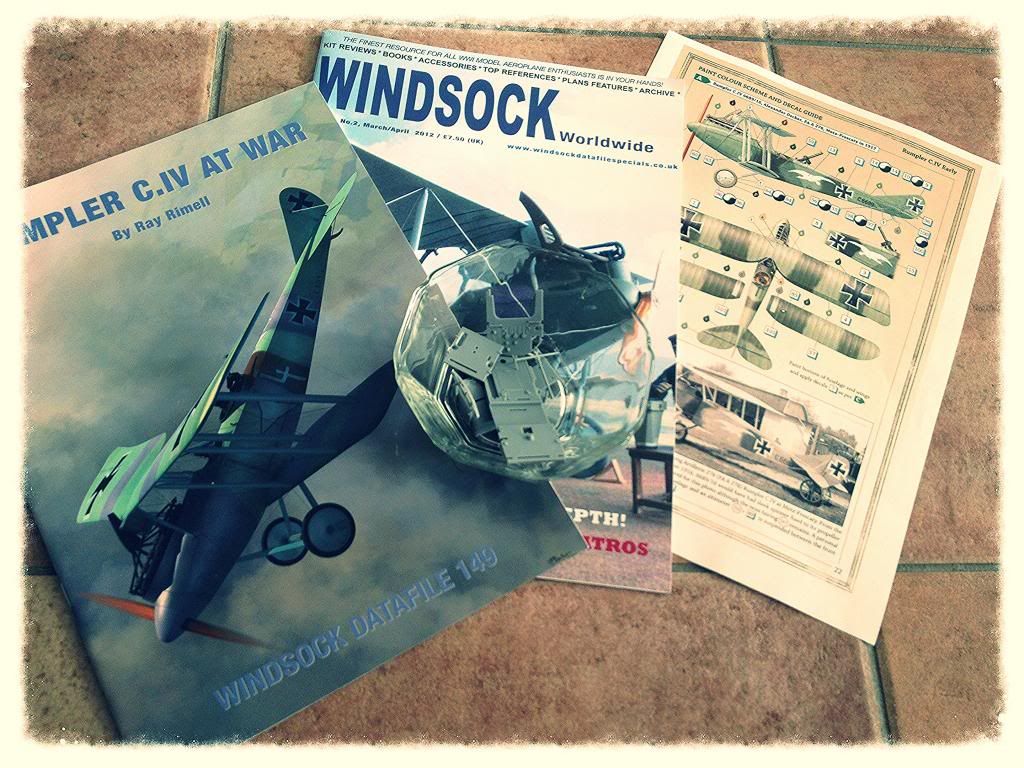
First bits are seperated from their sprues.
No way back..
Soo... I managed to finish the Ninak AND start a new kit. All before James fixed his puter.
-
Hi Doug,
You are correct. I had the same. And spent numerous evenings sanding down the exagerated detail on the control surfaces. Working the engine with a scalpel. Etc.. Etc..
The worst were the main wings. They would have saved me a lot of headache by making these out of one part. The gear is strong and could handle this. I also cut loose the ailerons and rudder. Added metal piping and pushrods to the engine. Drilled the engines through and through and inserted a brass rod. I will finish mine but when taking off some masking tape... you guessed it... pulled of paint. These things piss me off and can cause a build to stall for years.
Here's some pics. (notice the dust)
Cheers,
Jeroen

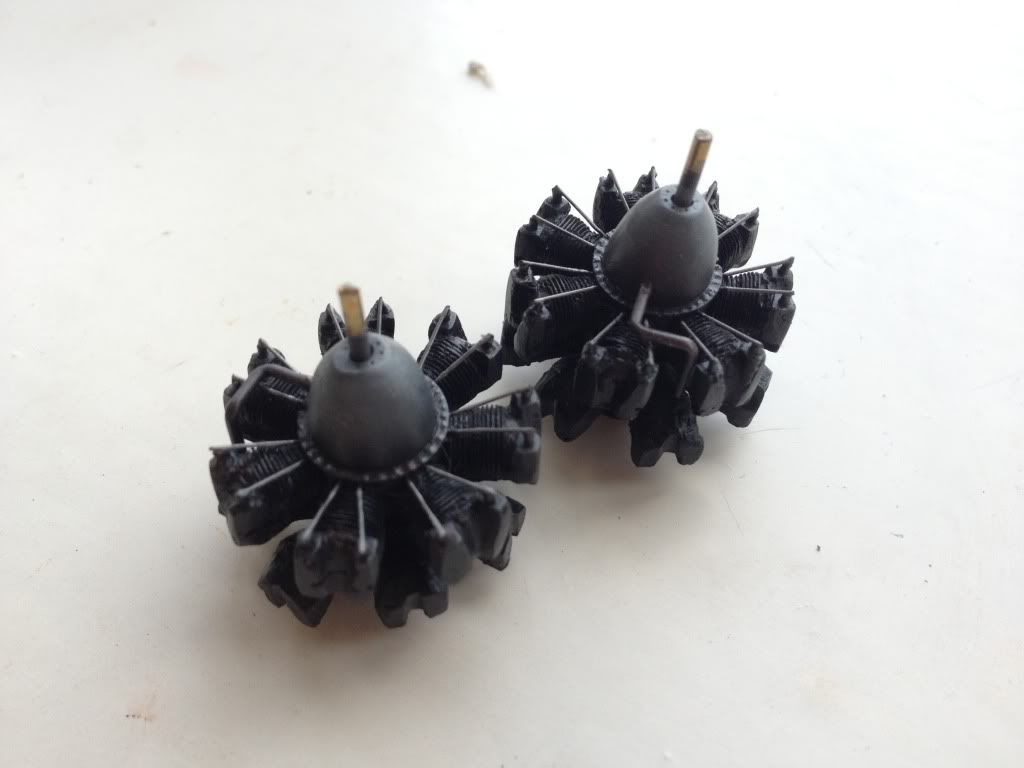
-
Thnx Guys!
And now it's time to call this one.. Done!
I'll make some better photo's as soon as I can.
This was a joy to build. Excellent model and excellent HGW upgrade.
A little birdie told me you can get one from www.arrow-wolf.com

Cheers,
Jeroen
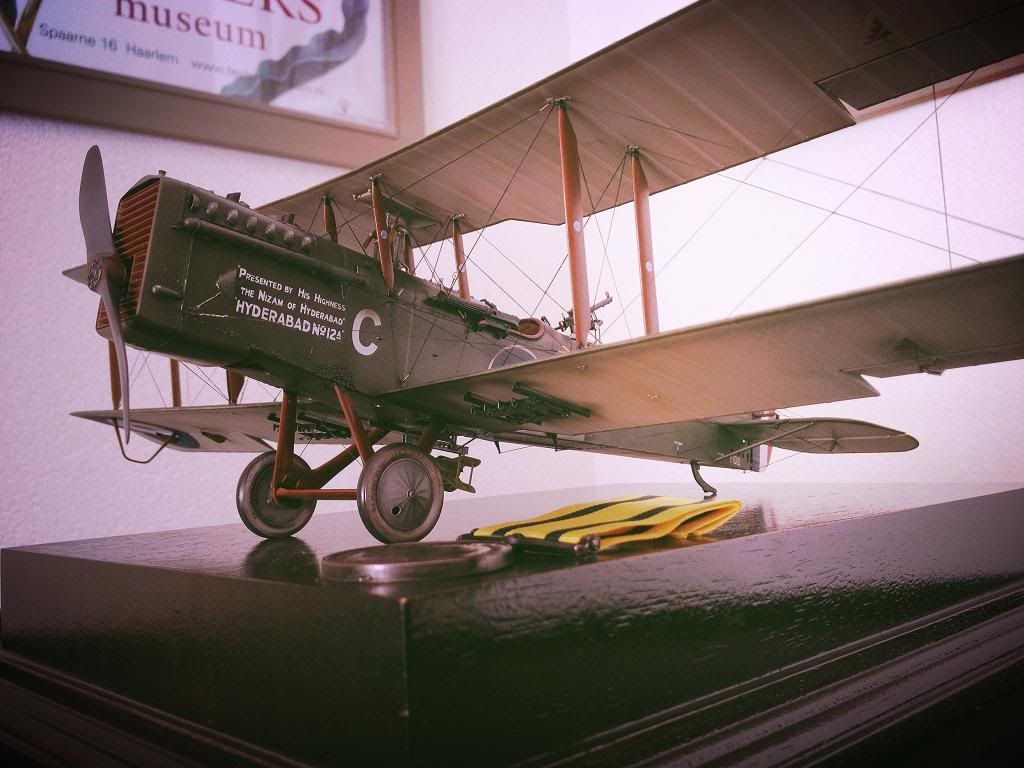
-
 1
1
-
-
Fitting the base and medal.
No Erik.... The base is NOT too small. Geeeezzz...
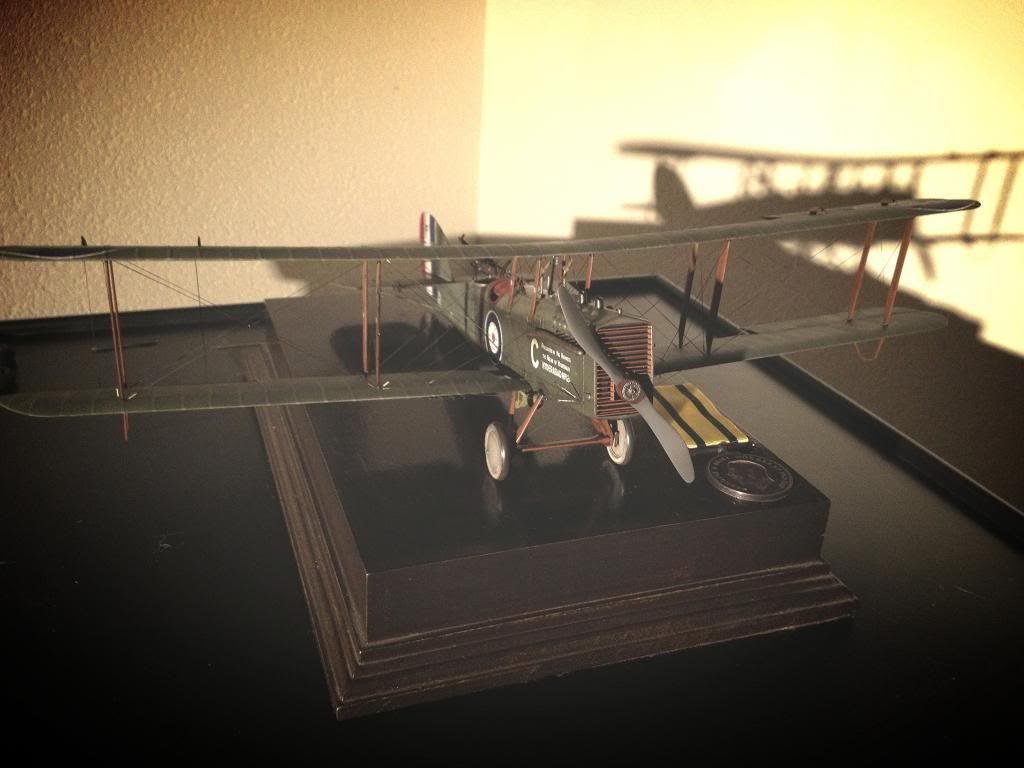
-
Looks great Dave. Very nice.
Love the sadistic punctured tires!

Jeroen
-
Thnx Grant!
Oh! And the Gaspatch buckles are from www.arrow-wolf.com too.
These just can't be beat...
-
 1
1
-
-
I have this kit.
No need for an AM. It's lovely.
Just make sure there is no shrinkage. MDC's quality control can be hit and miss.
Their service is great. So if there is, you can be sure the part will be replaced.
Cheers,
Jeroen
-
Rigging done!!
Bit of weahtering and done. Just before Jim fixes his puter.
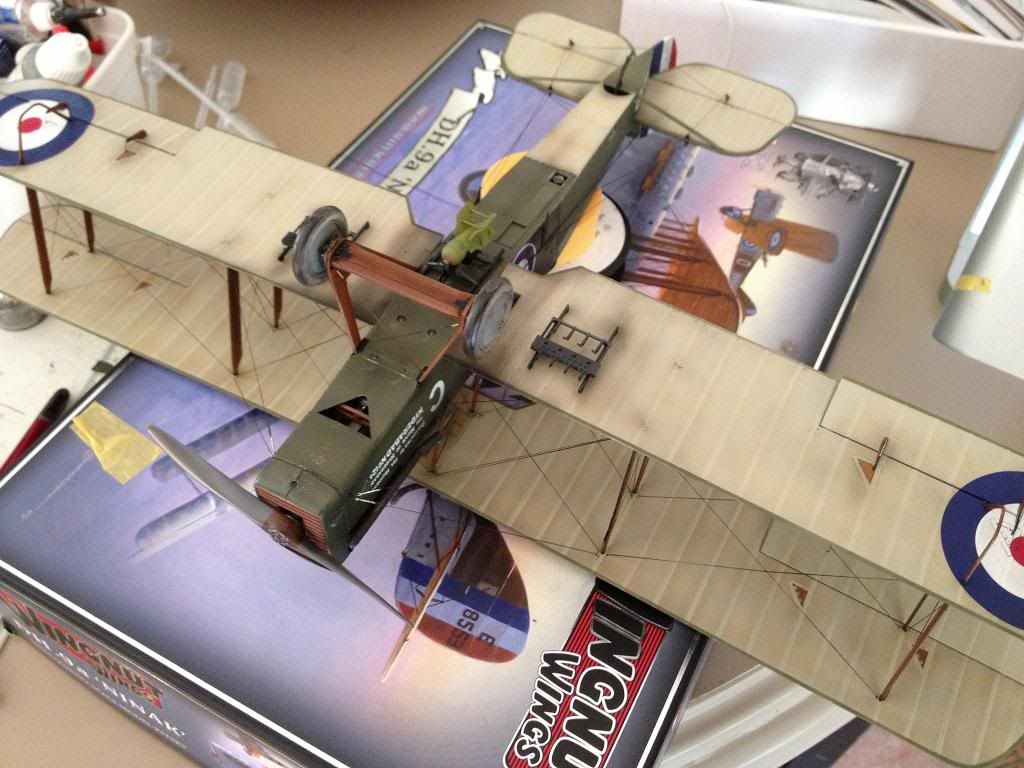
-
Thx Jeroen!
Aaaalmost done. Just need to add 4 more Gaspatch buckles coming form the cowling.
Then a few washes here and there and some scratches.
I really wanna finish this thing before James fixes his laptop...
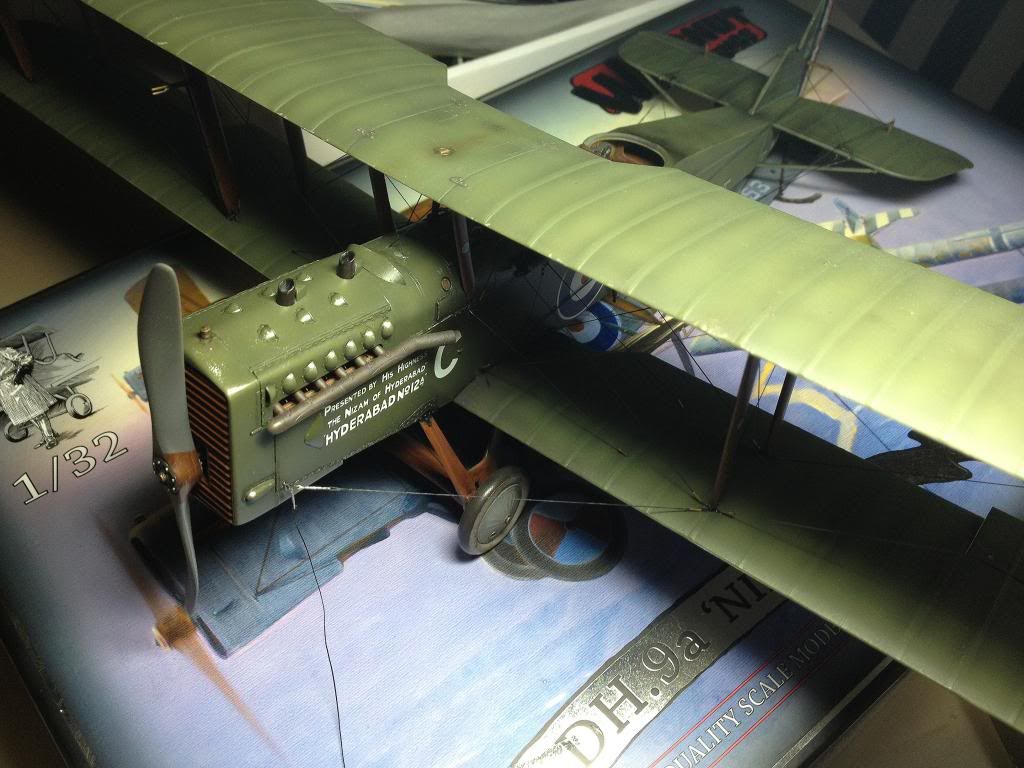

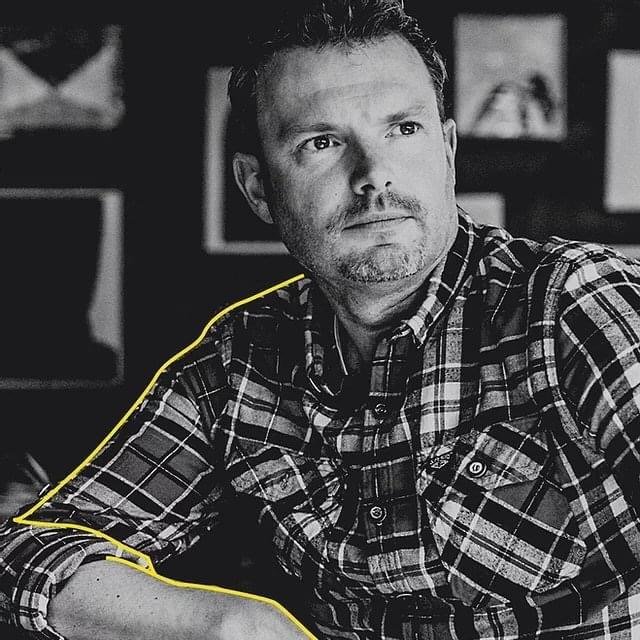
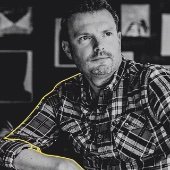
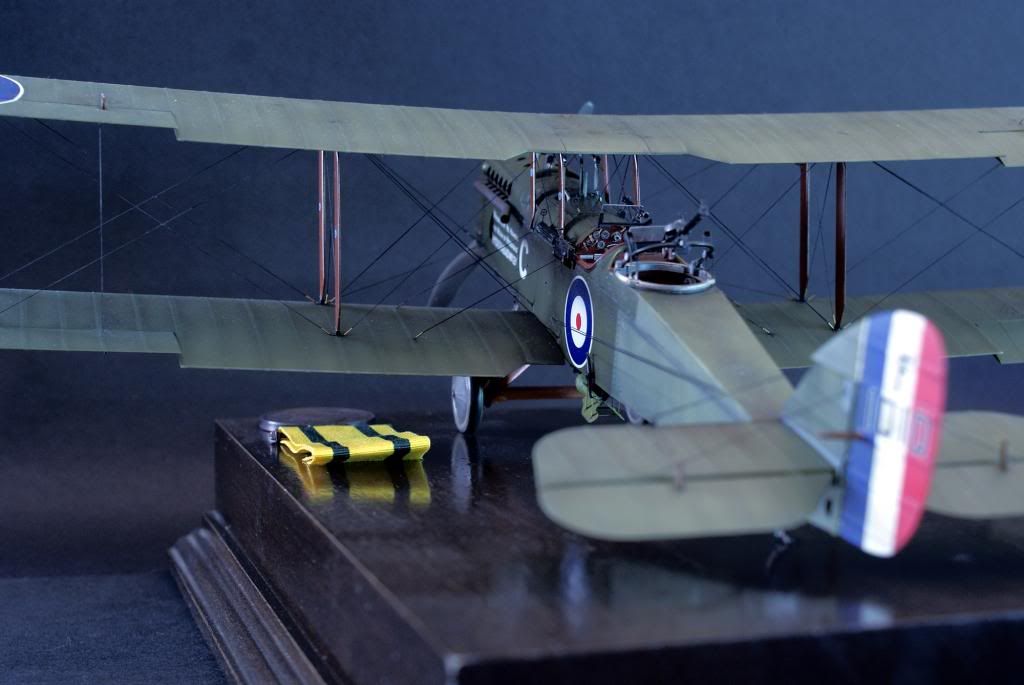
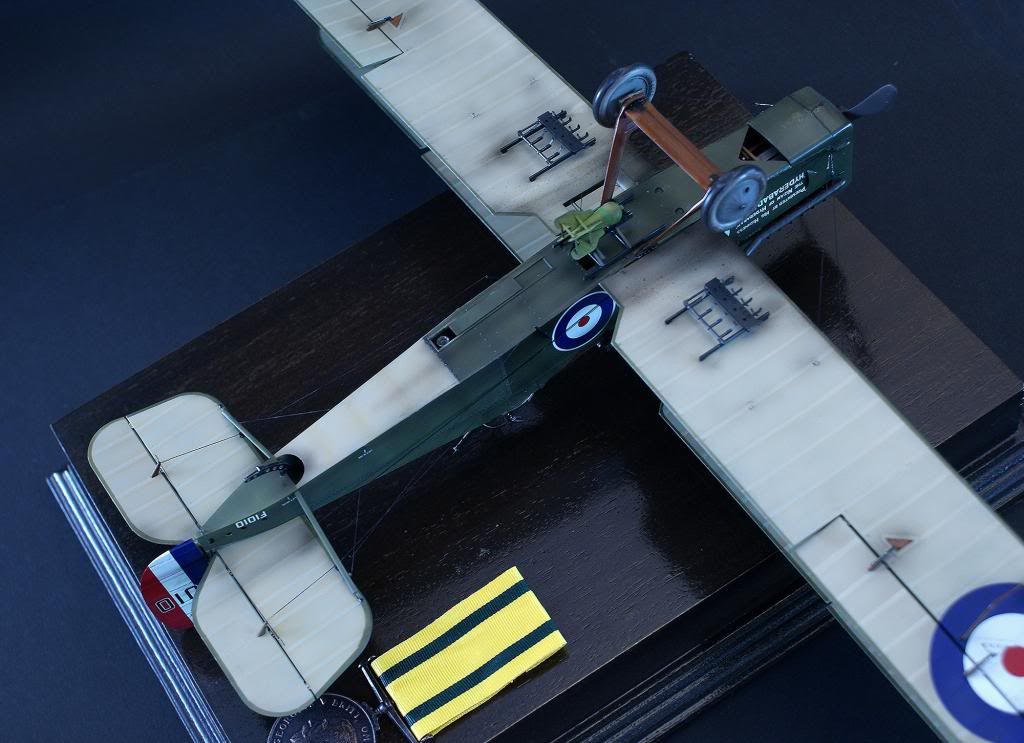
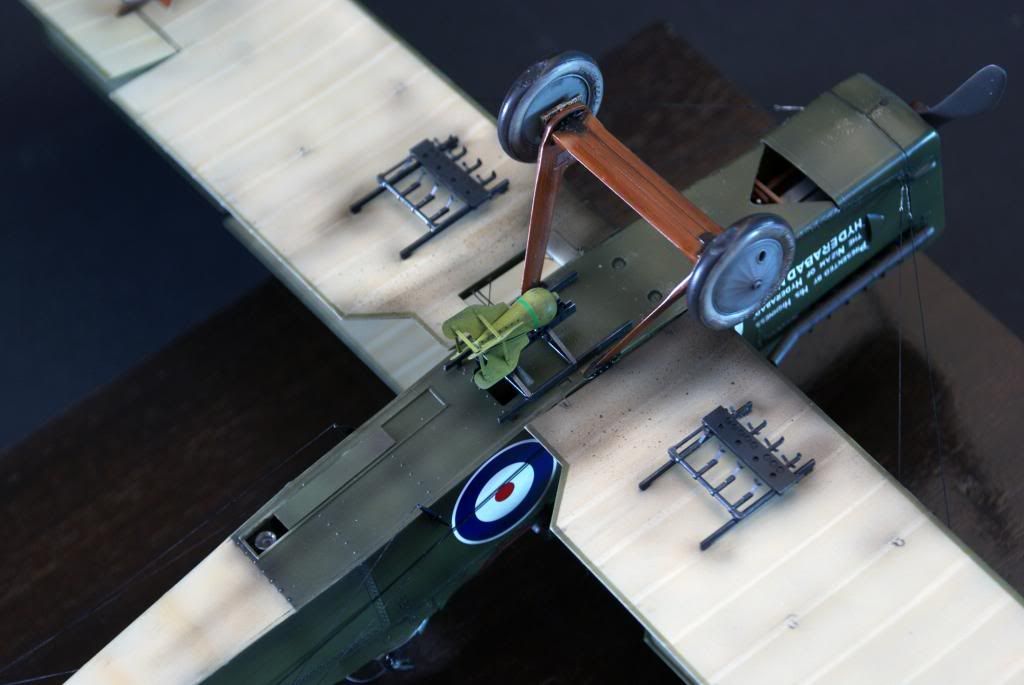
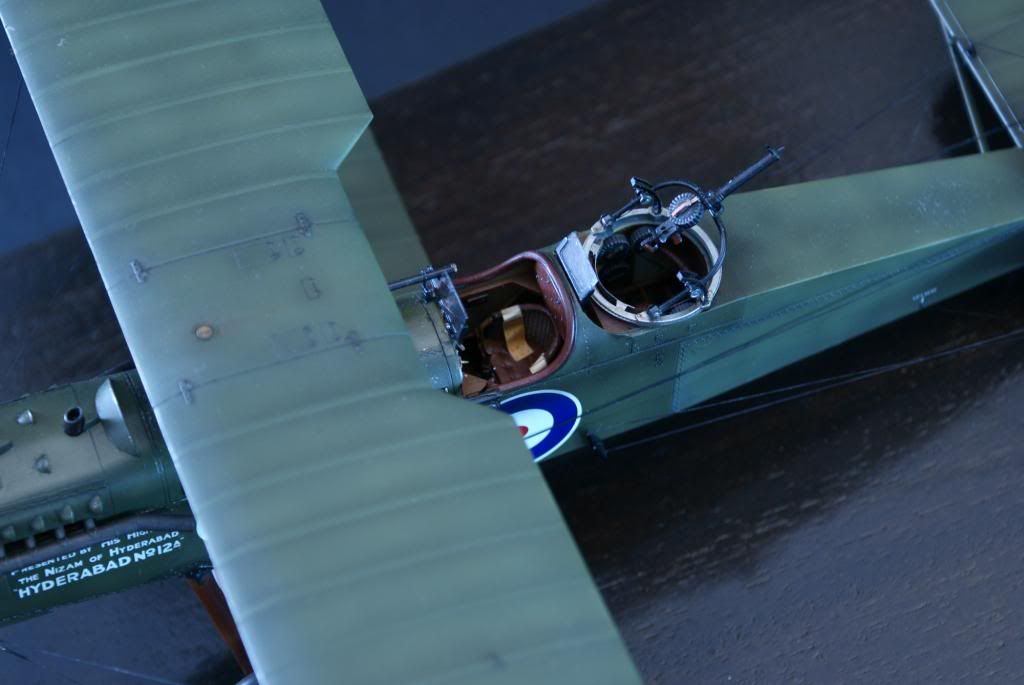
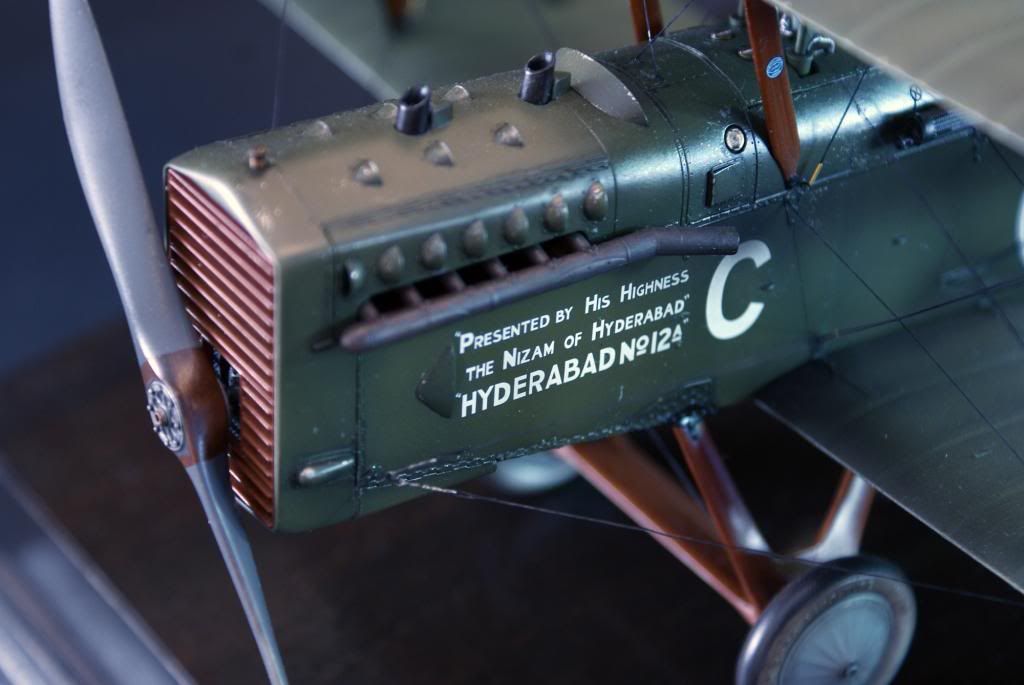
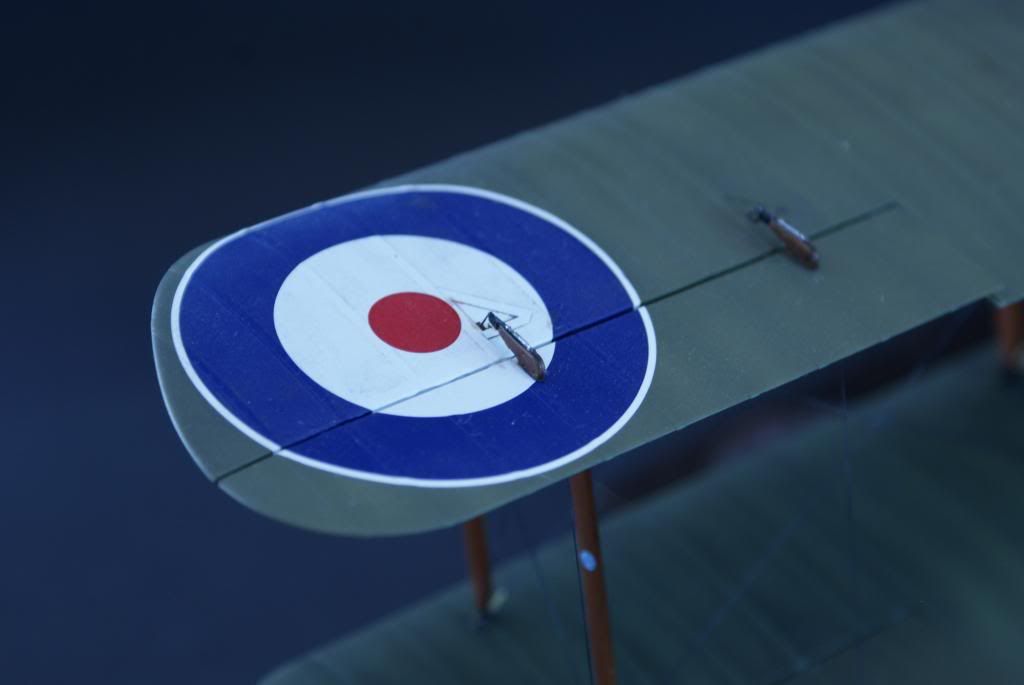
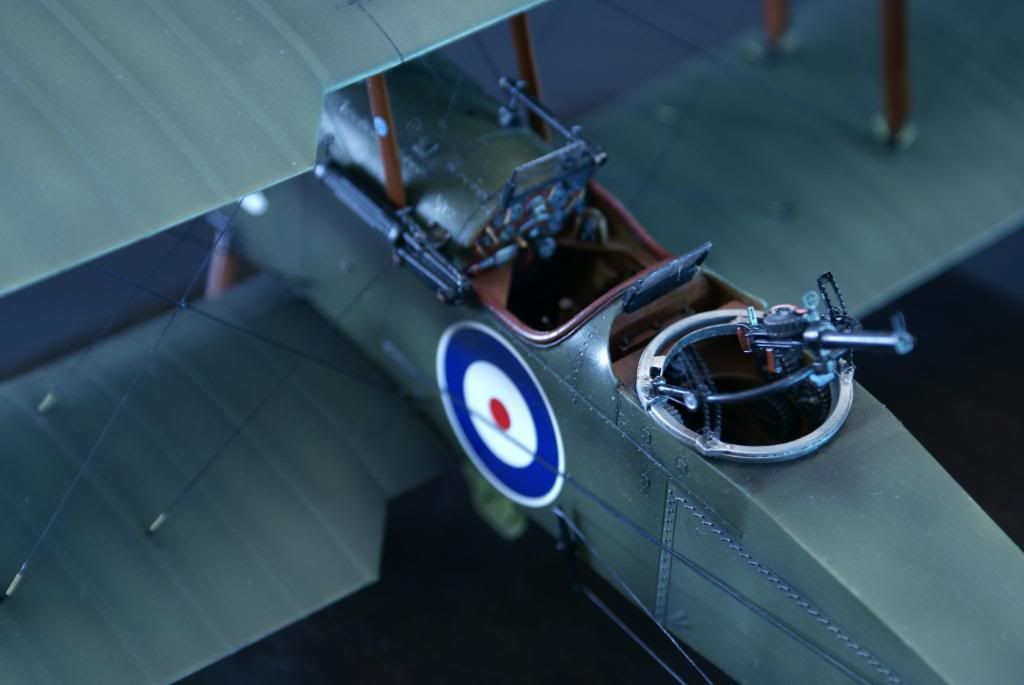
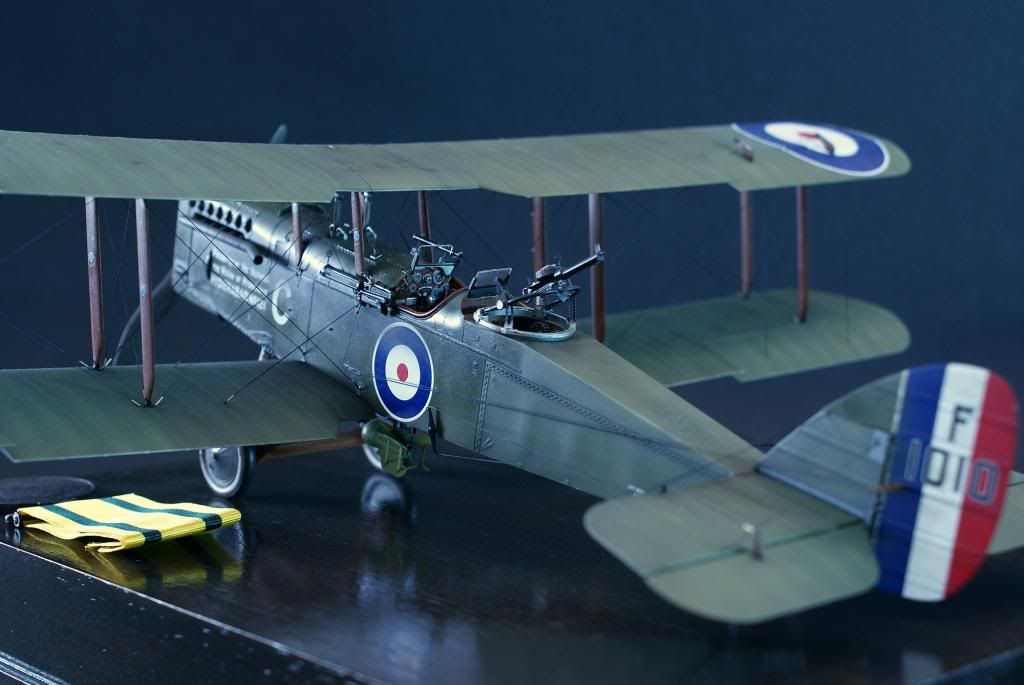
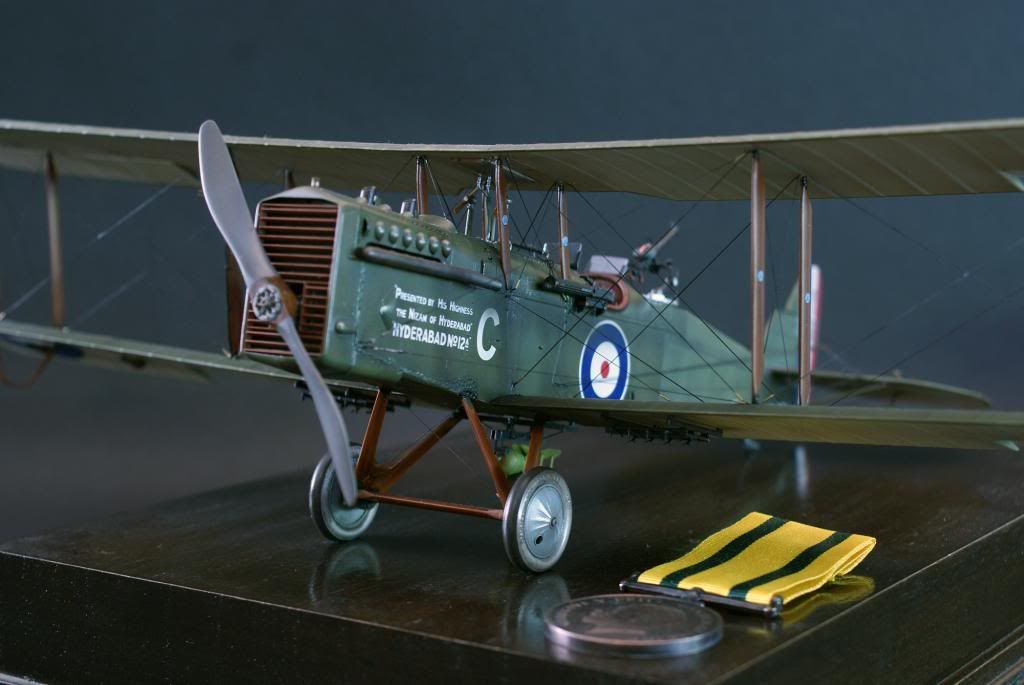
Fokker Dreidecker
in The Great War GB
Posted
Wow... amazing work.
One question. In the photo's it looks like the wings were covered with a transparant material.
Fokker experimented with a similar material on the Fokker E.III hoping it would make the plane 'stealthy' / difficult to see.
Is that the same material as this plane had? If so... how will you replicate the transparent effect?
HTH
Cheers,
Jeroen